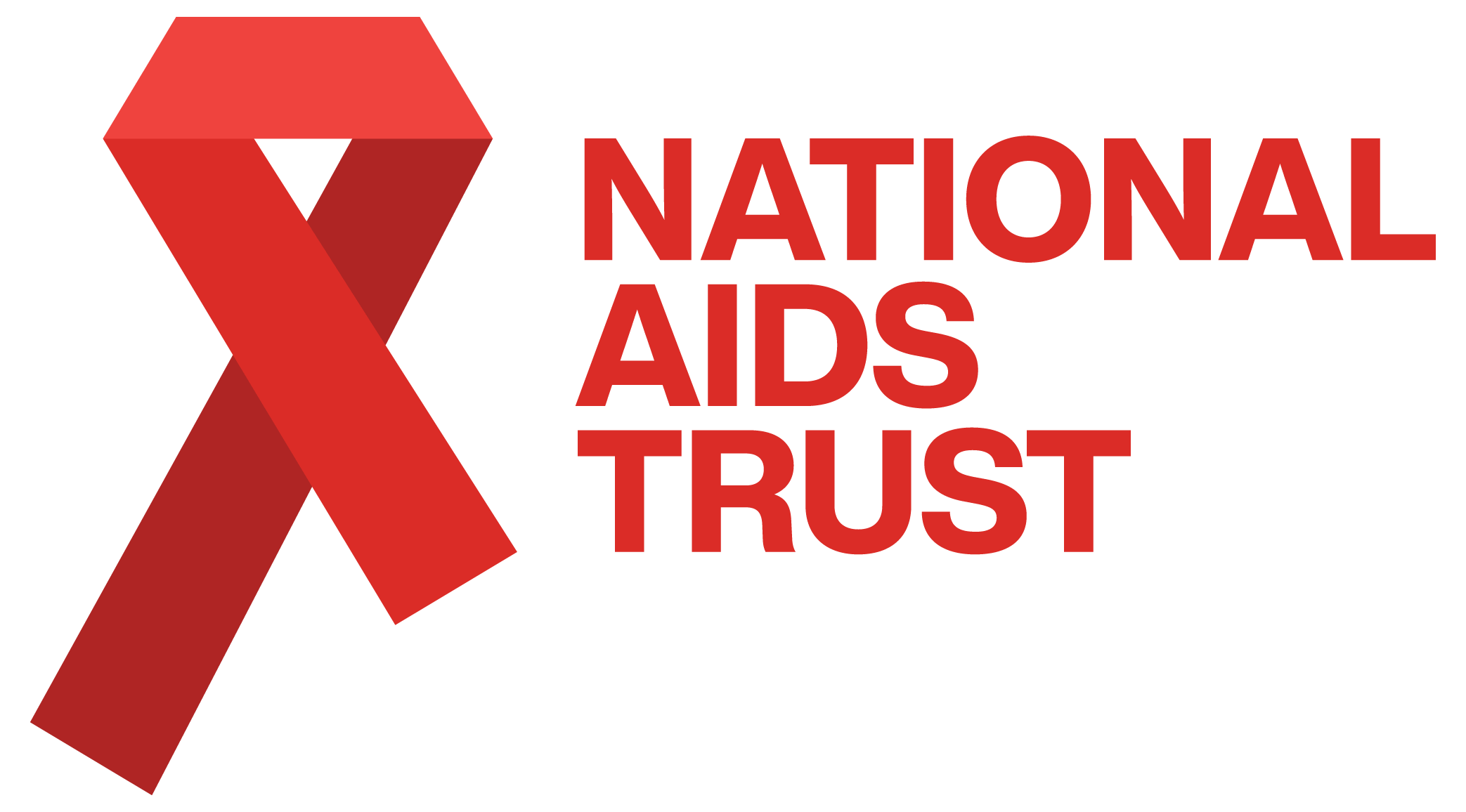Over 1 in 1,000 people living with HIV in the UK
New figures out today from the Health Protection Agency
New figures released today by the Health Protection Agency (HPA) show there were 83,000 people living with HIV in the UK at the end of 2008. This is equivalent to over 1 in 1,000 people with HIV in the UK. Over a quarter (27 per cent) of people were estimated to be unaware of their HIV infection.
Last year 7,298 people were diagnosed with HIV. The two groups most affected remain gay and bisexual men and black African heterosexuals. Three-quarters of people diagnosed were among these two groups. 2,790 new diagnoses were among black African heterosexuals, with an increase in the proportion acquiring their infection within the UK. 2,760 gay and bisexual men were also diagnosed.
Failure to diagnose early affecting health and fuelling new infections
Late diagnosis of HIV remains a serious challenge in the UK. Over half (55 per cent) of adults diagnosed were diagnosed after the point at which it is recommended treatment begin1. Late diagnosis of HIV can have a serious impact on an individual’s health. 73 per cent of those with HIV who died last year had been diagnosed late. And evidence shows late diagnosis drives HIV transmission, with more than half of new HIV infections caused by people who themselves are unaware of their infection2.
Preventing the infections diagnosed in 2008 would have saved £1.1 billion
New research by HPA and NAT (National AIDS Trust) highlighted in the report estimates it costs between £280,000 and £360,000 to treat and care for someone with HIV over their lifetime. Preventing the infections acquired in the UK, and diagnosed during 2008, would have reduced future HIV-related healthcare costs by £1.1 billion.
Deborah Jack Chief Executive, NAT (National AIDS Trust), comments;
“In the UK we have not yet succeeded in turning the tide on HIV. Instead we continue to see high numbers of gay men being diagnosed and a growing number of heterosexuals infected within the UK.
It is good news that new HIV diagnoses among gay men were down last year, compared with the all time high in 2007, but we need to see if this trend continues. New analysis indicates 1 in 5 gay men diagnosed so far in 2009 had been infected in the previous six months – clear evidence that there is still a lot to be done to prevent new infections among gay men.
Ignoring HIV is a false economy. Preventing just one HIV infection could save over a quarter of a million pounds, yet over the past ten years HIV has been politically sidelined in the UK and spending on prevention at a local level has been cut.”
Notes to the Editor:
1 – The figure given for late diagnosis is based on the new British HIV Association guidelines stating treatment should begin when a person’s CD4 cell count is below 350 per mm3. Previously late diagnosis had been defined as below 200 per mm3.
2 – Primary HIV Infection, NAT, 2008
The full report, HIV in the United Kingdom: 2009 is available from www.hpa.org.uk
For further information please contact:
Katherine Sladden
Communications Officer
NAT
020 7814 6733 / 07947 725299
press@nat.org.uk
NAT
NAT (National AIDS Trust) is the UK’s leading charity dedicated to transforming society’s response to HIV. We provide fresh thinking, expert advice and practical resources. We campaign for change.
Shaping attitudes. Challenging injustice. Changing lives.
www.nat.org.uk
World AIDS Day is on 1 December 2009 www.worldAIDSday.org

